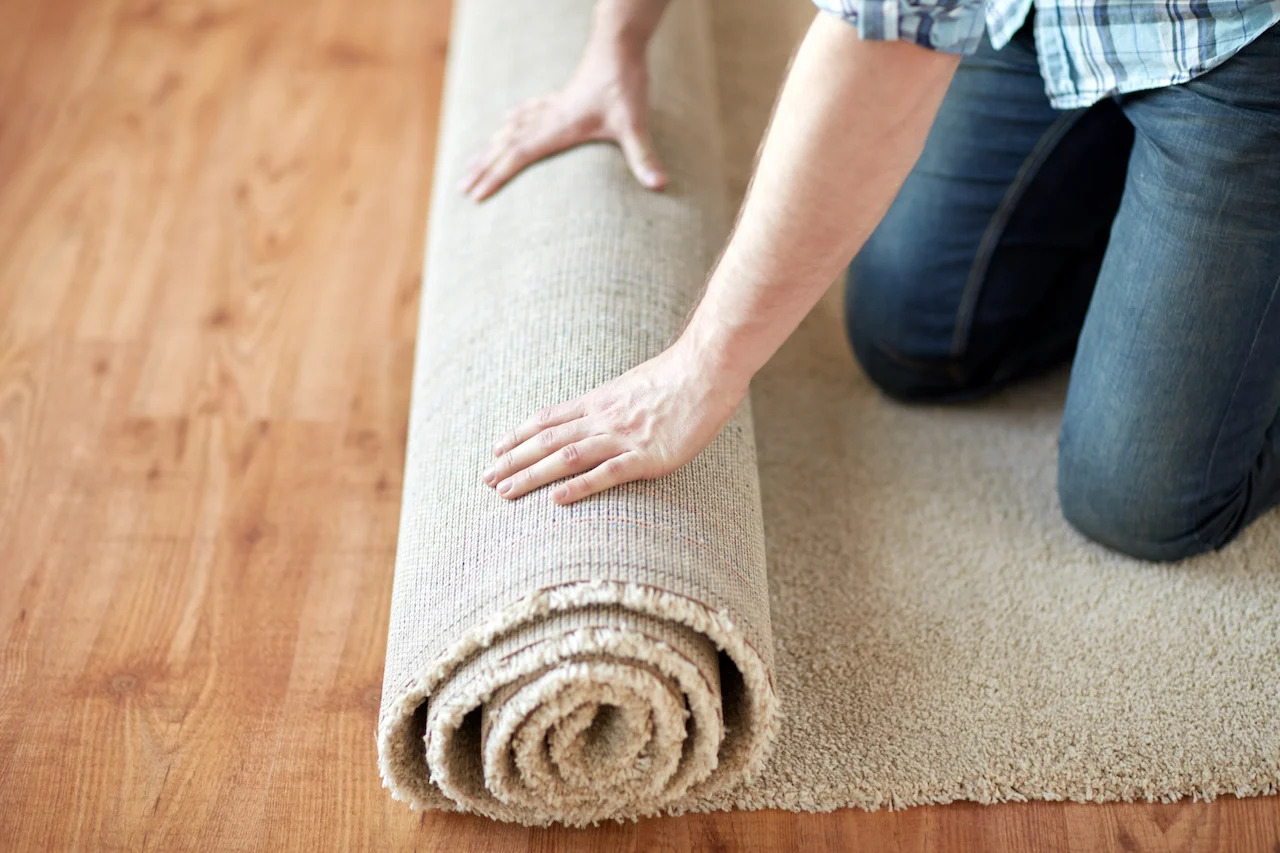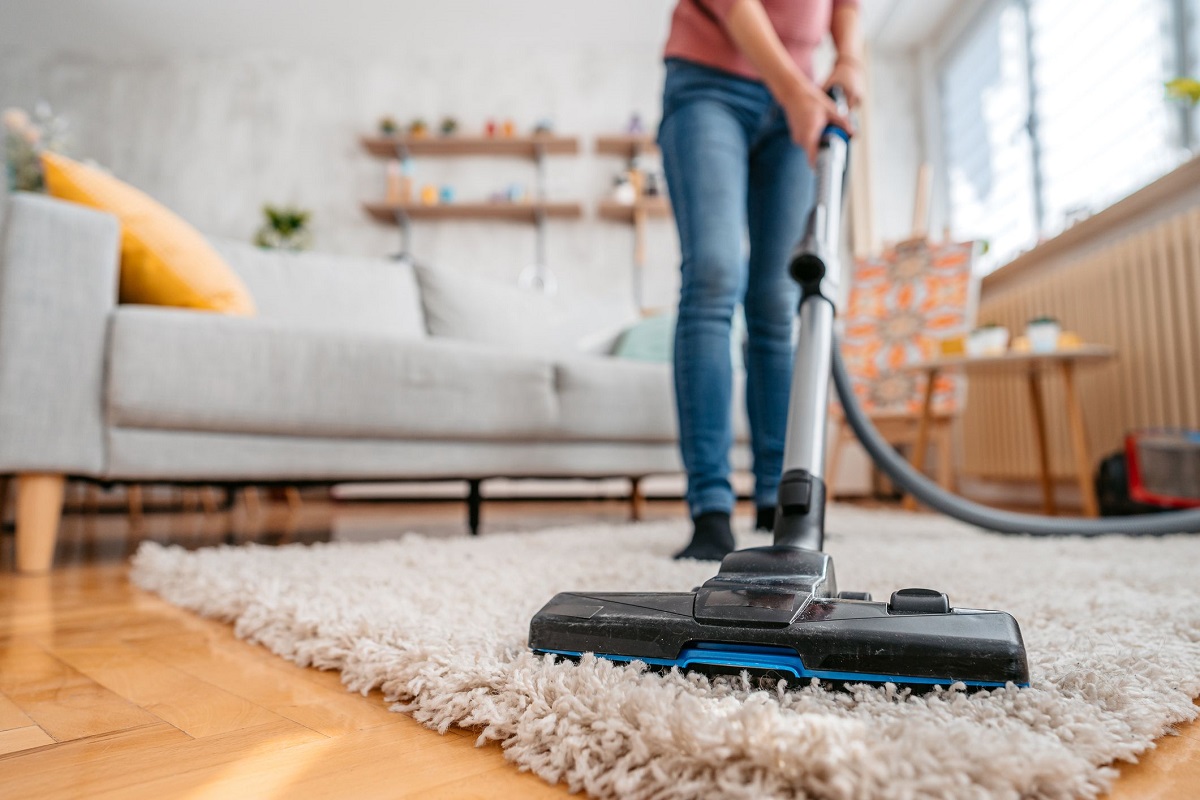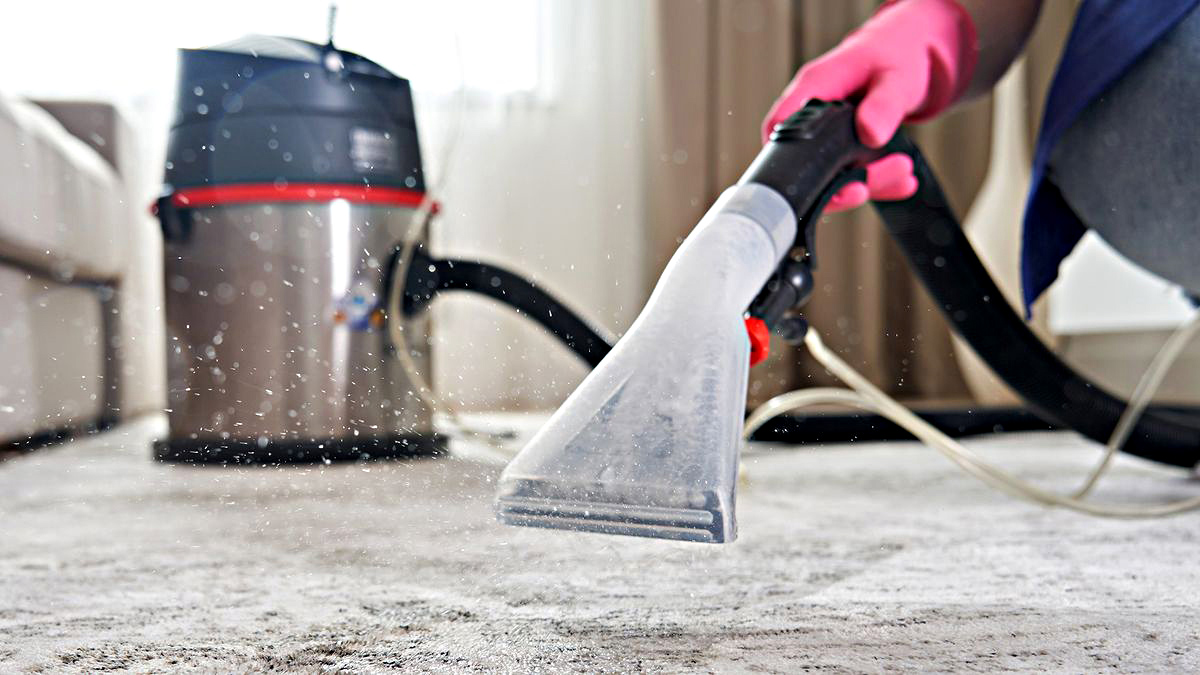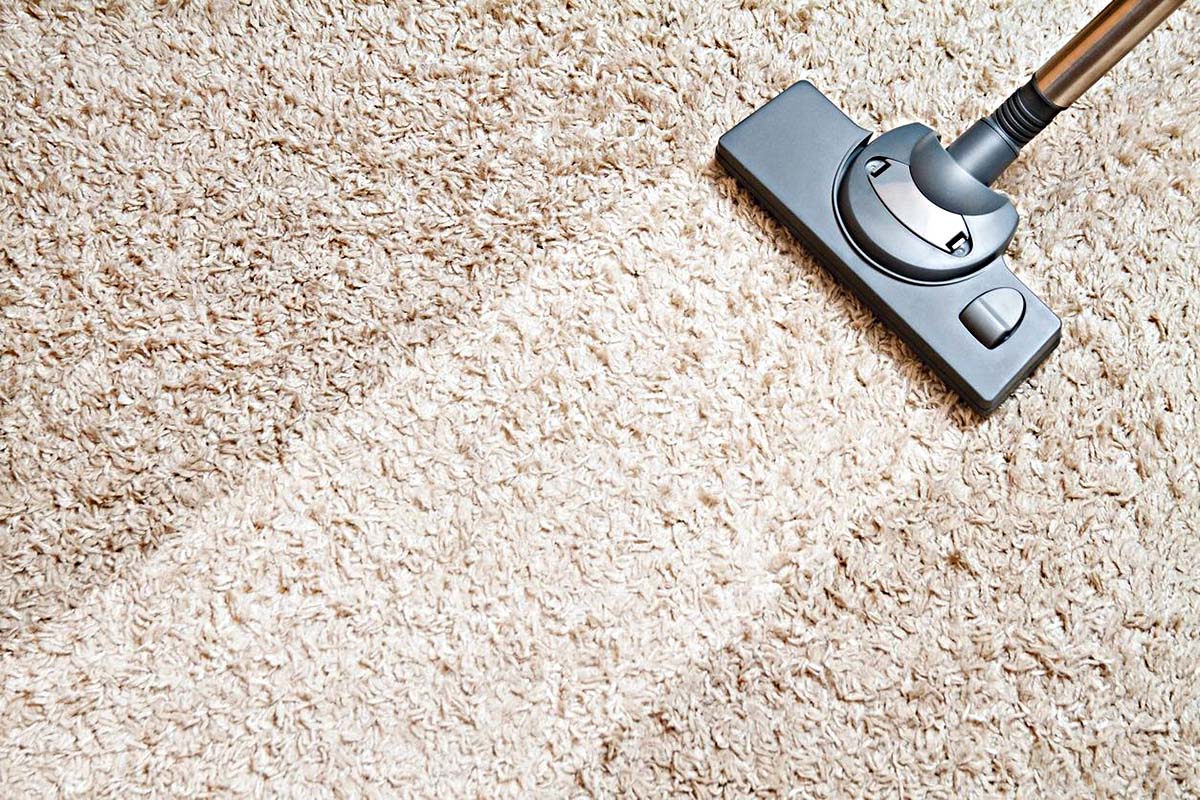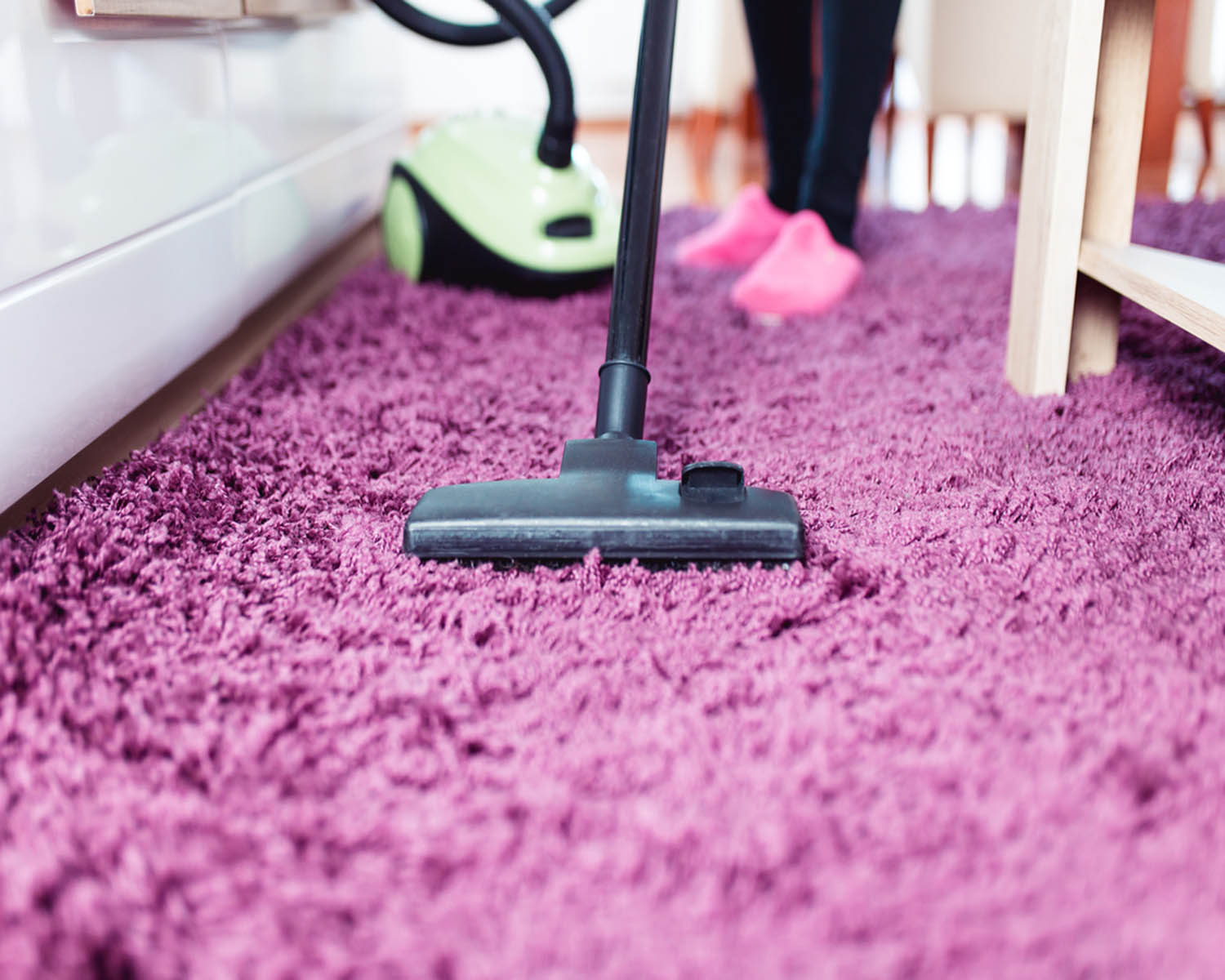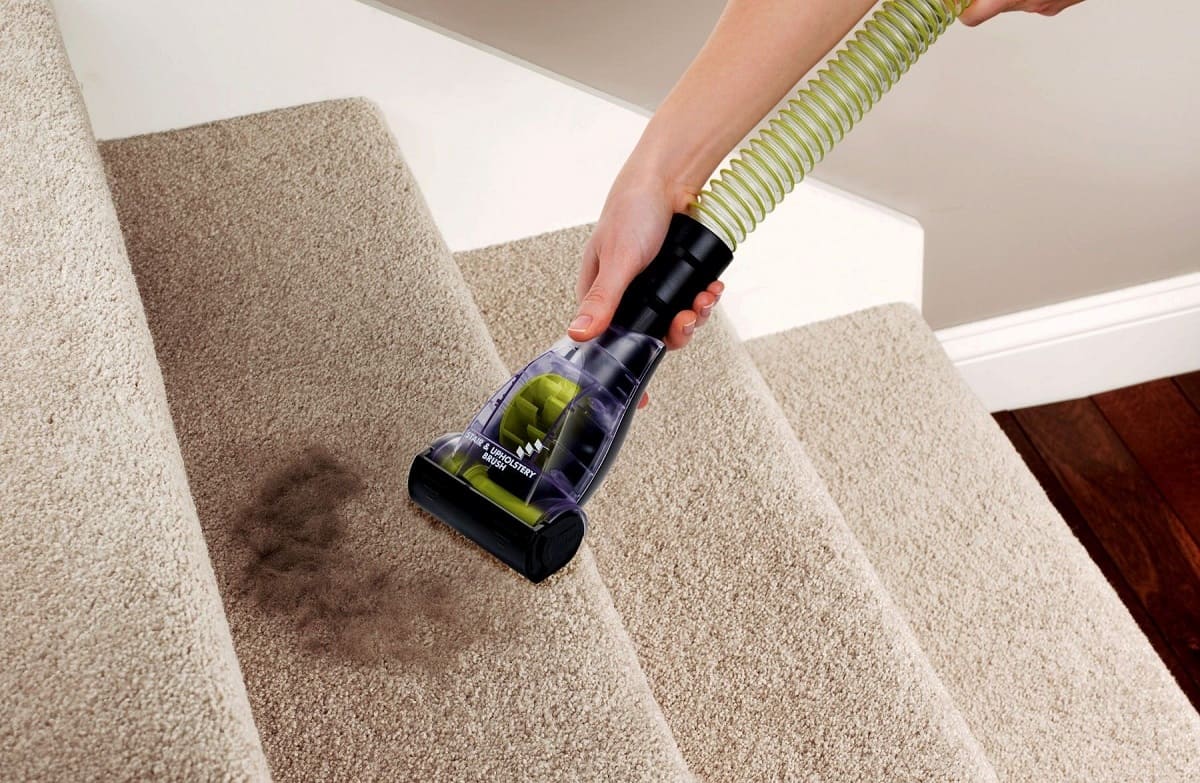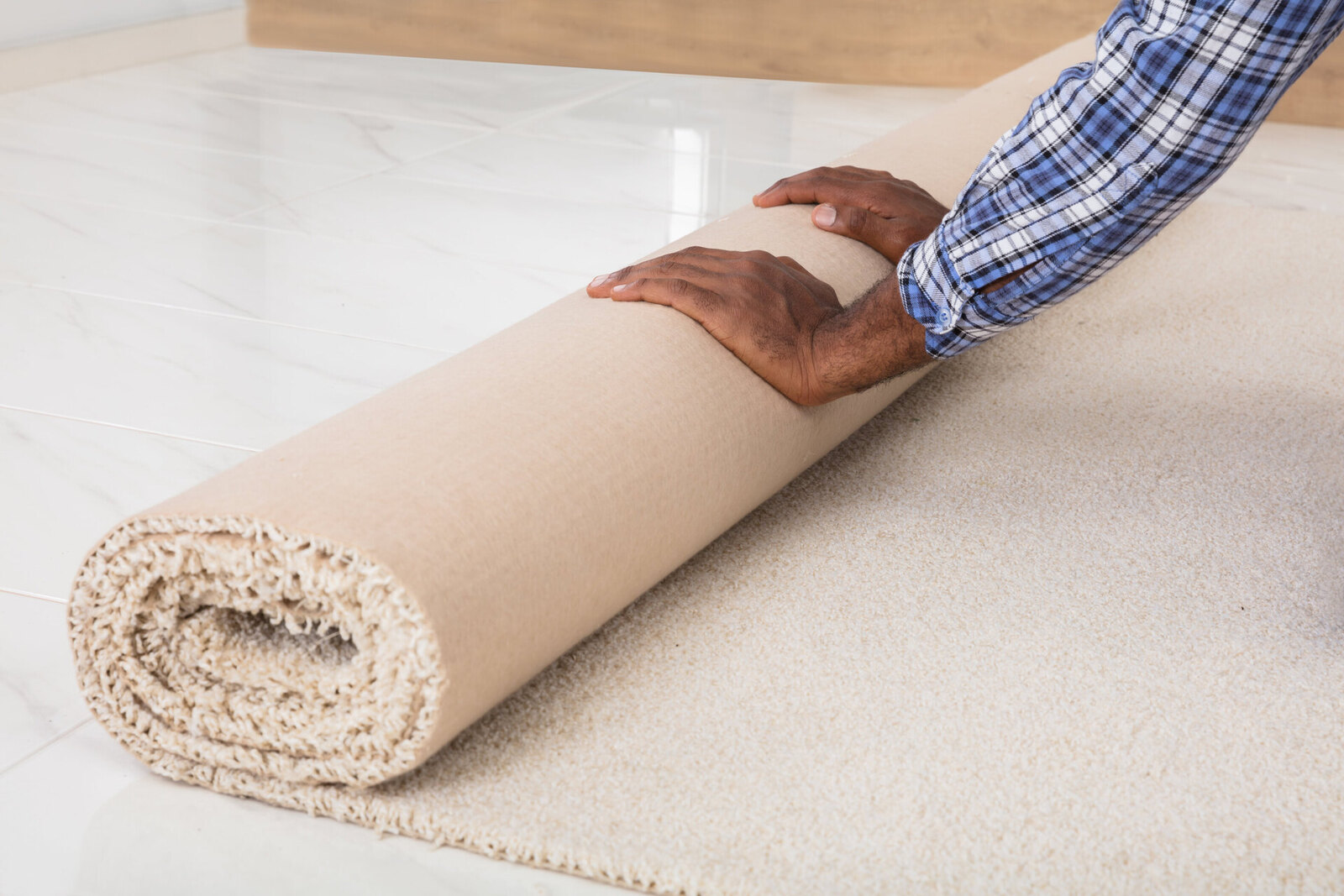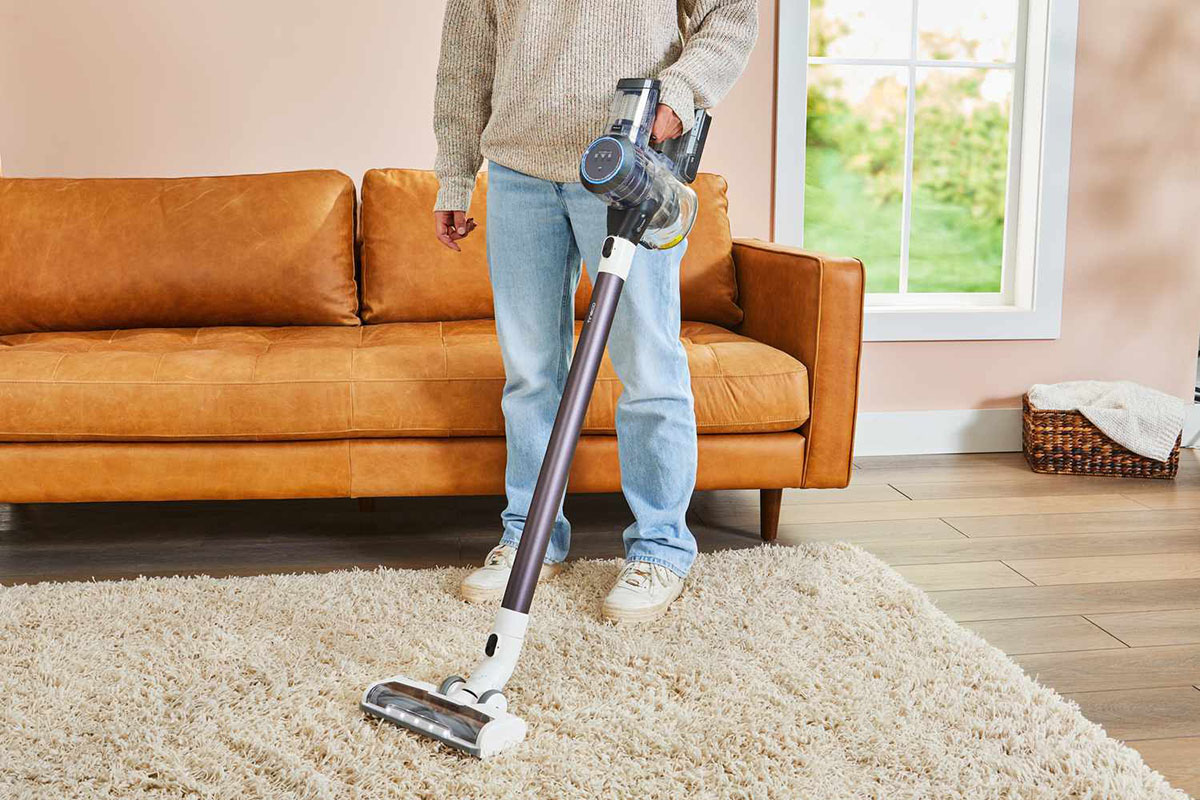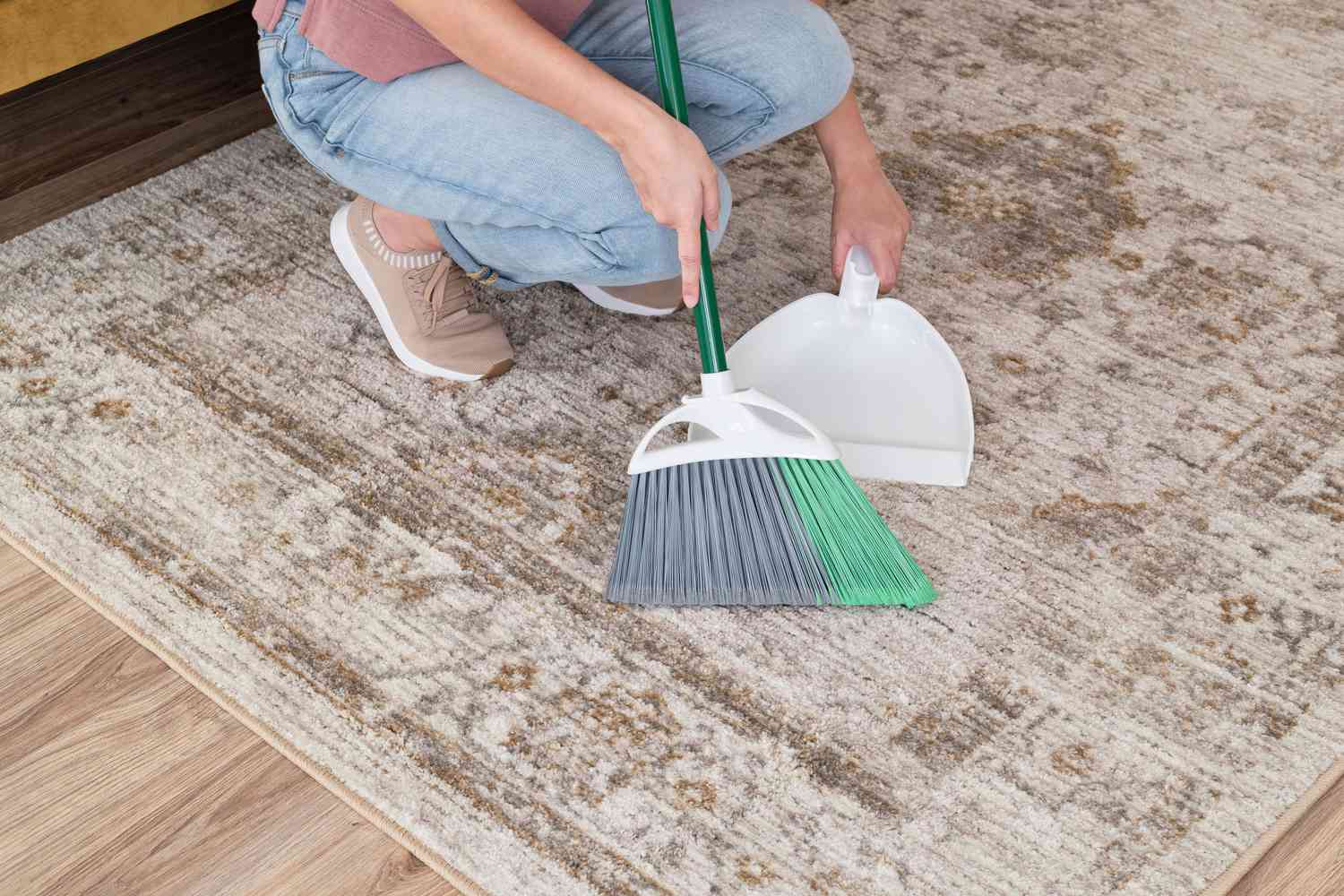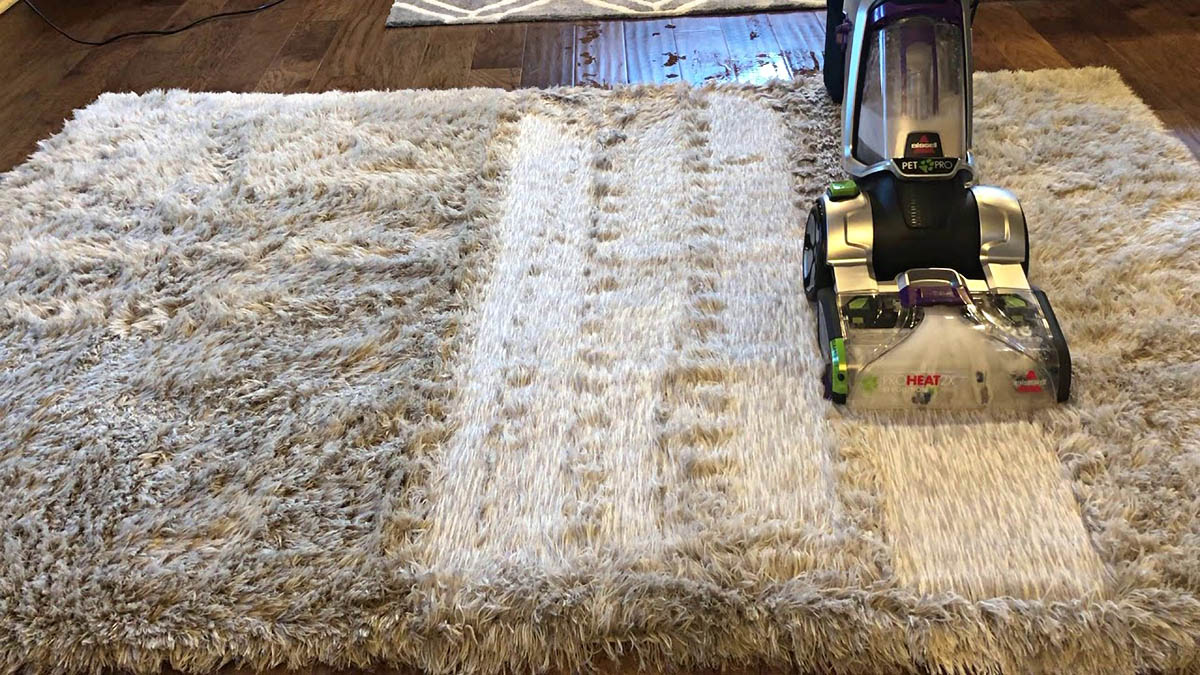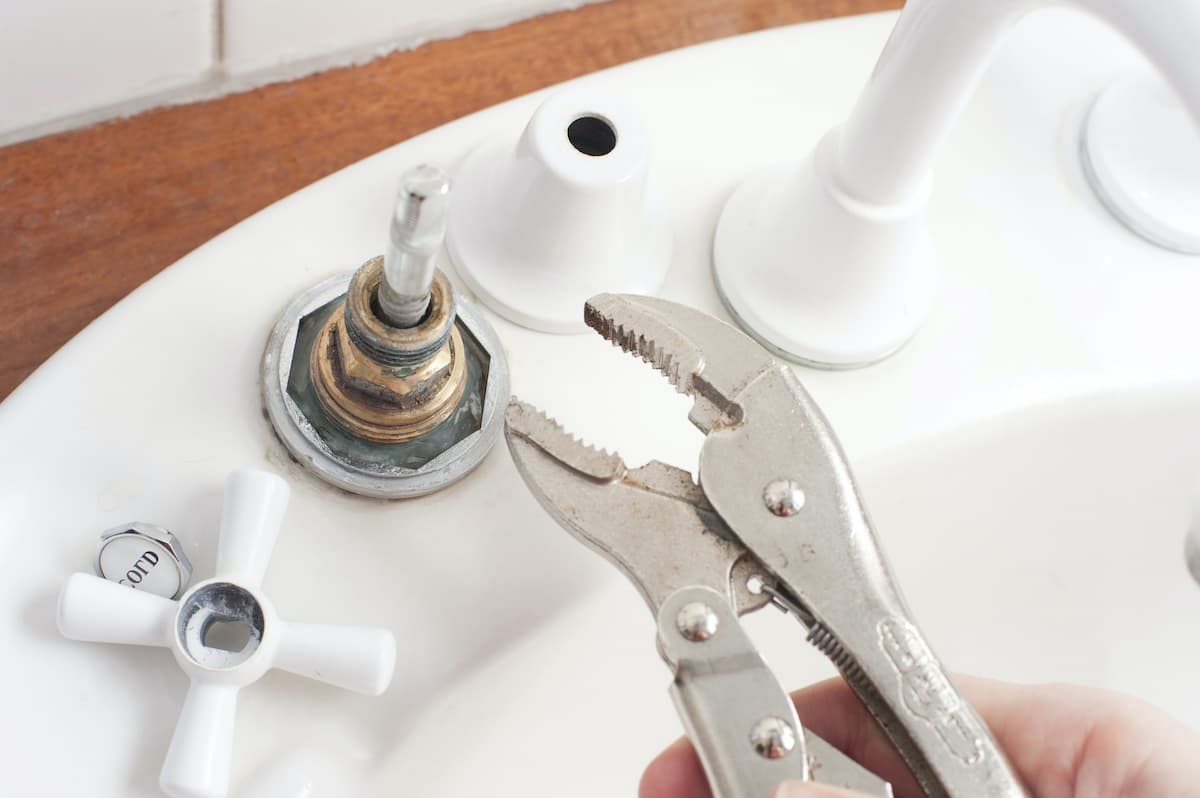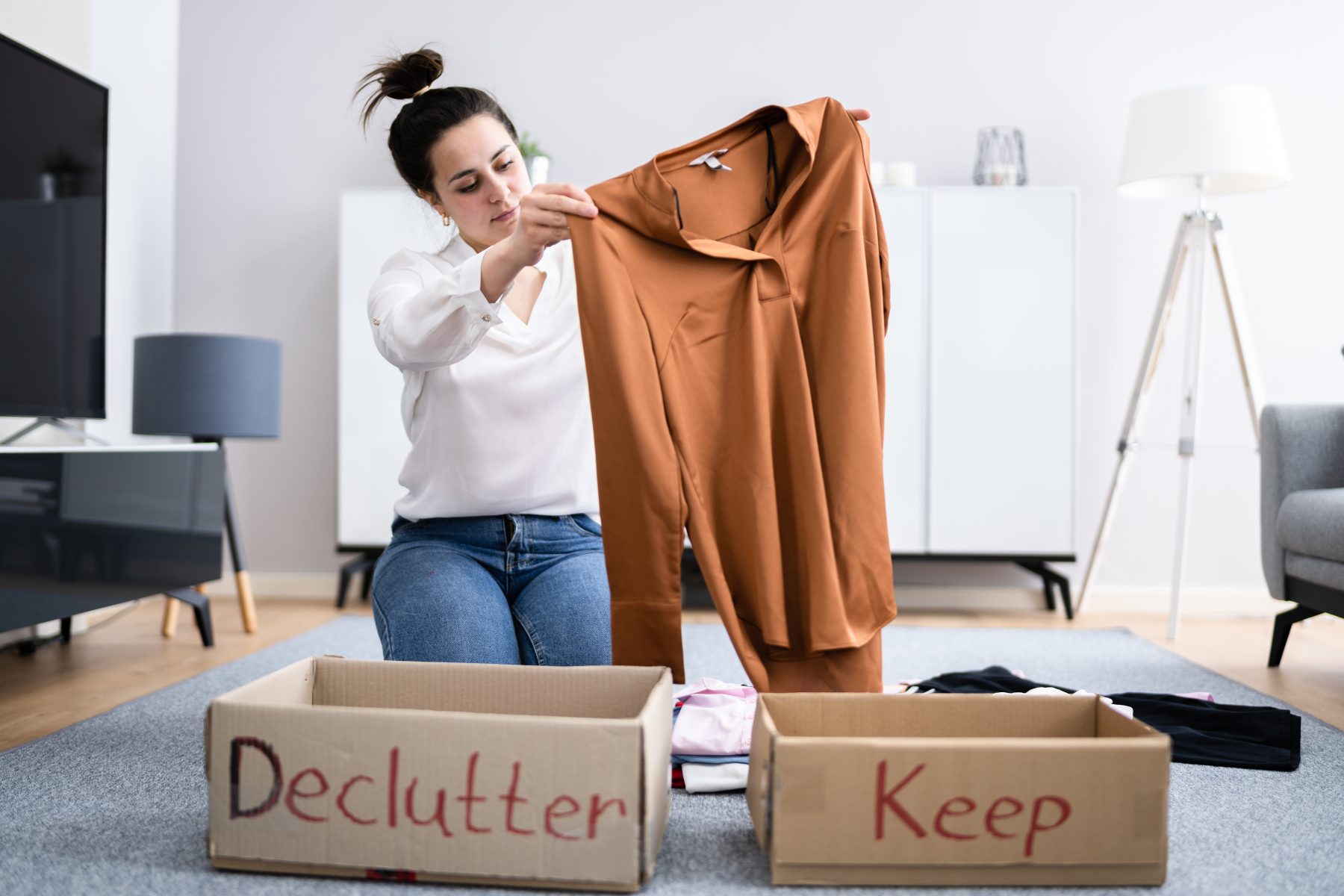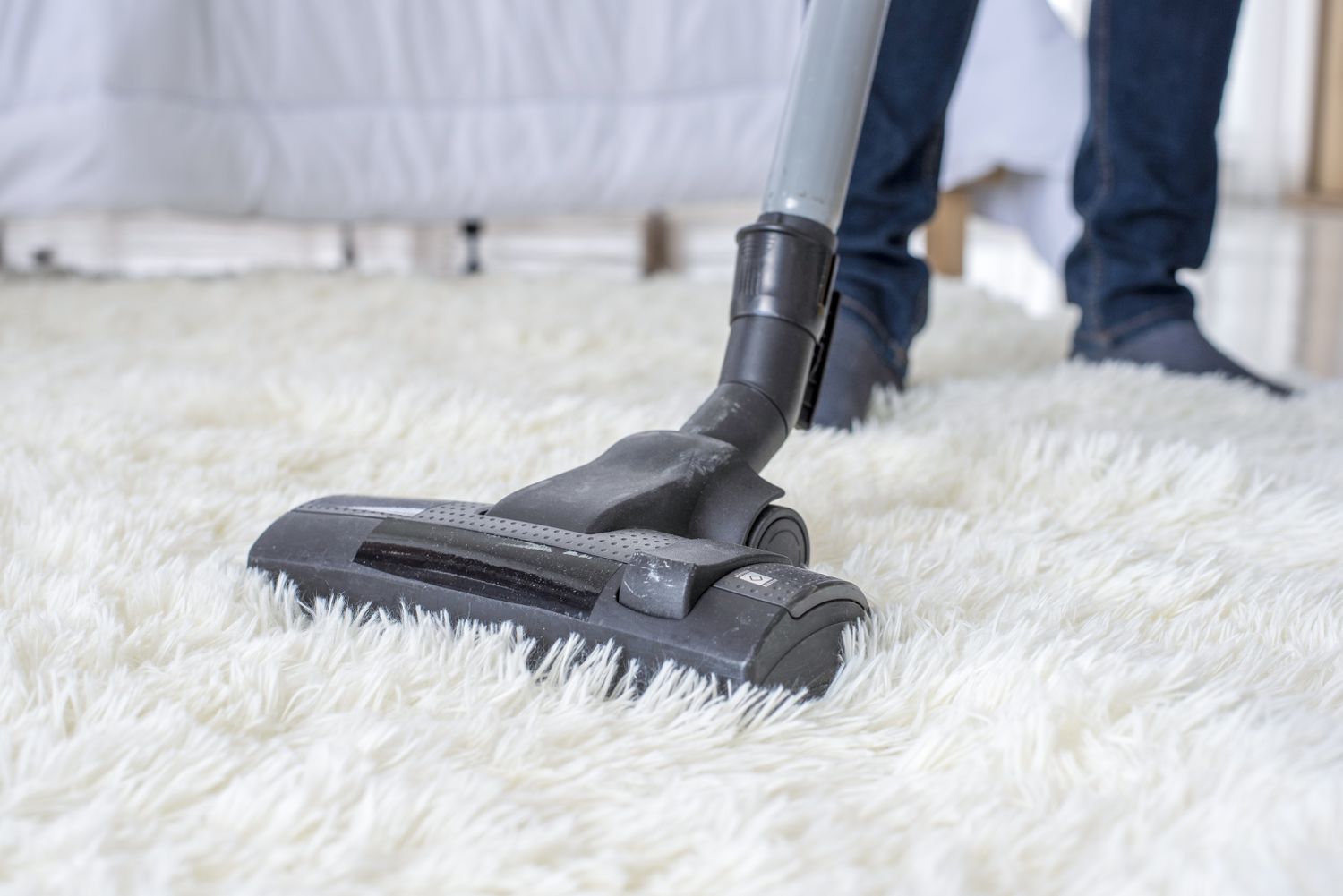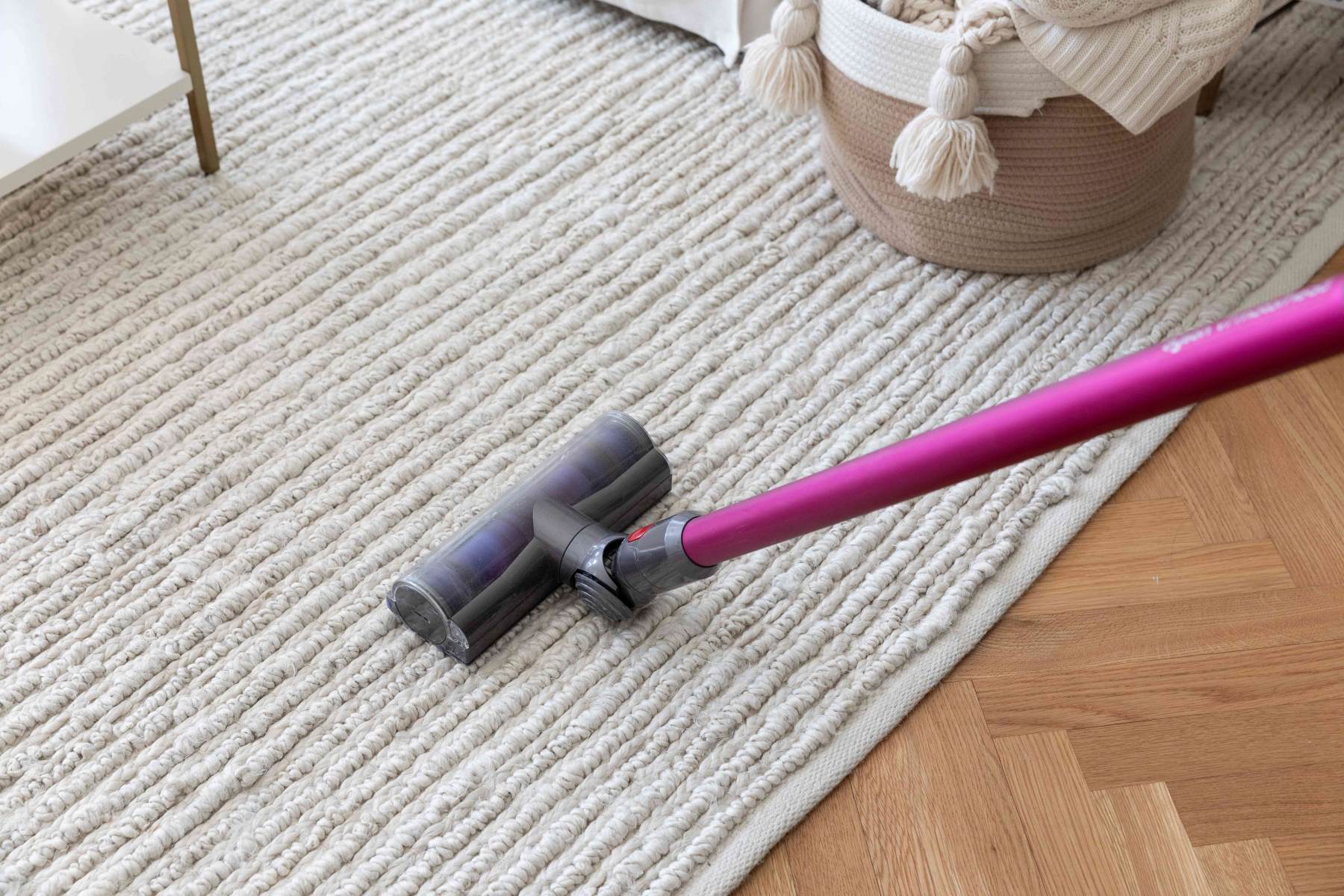

Articles
How Often Should Carpet Be Vacuumed
Modified: February 23, 2024
Discover expert advice on how often you should vacuum your carpet. Read our informative articles for useful tips and techniques to keep your carpets clean and fresh.
(Many of the links in this article redirect to a specific reviewed product. Your purchase of these products through affiliate links helps to generate commission for Storables.com, at no extra cost. Learn more)
Introduction
Keeping your carpets clean is essential for maintaining a healthy and hygienic living space. Regular vacuuming is a crucial part of carpet maintenance, as it helps to remove dirt, dust, allergens, and other particles that can accumulate over time. Not only does regular vacuuming contribute to a cleaner environment, but it also helps to extend the lifespan of your carpets, keeping them looking fresh and vibrant for years to come.
In this article, we will explore the importance of vacuuming carpets and delve into the factors you should consider when determining how often to vacuum. We will provide recommendations for different types of carpets and highlight some signs that indicate your carpets may need more frequent vacuuming. Lastly, we will share some tips for effective carpet vacuuming that will ensure you get the most out of your cleaning routine.
Key Takeaways:
- Regular vacuuming is essential for maintaining clean, healthy, and visually appealing carpets. Factors like foot traffic, pet presence, and carpet type determine the frequency of vacuuming, ensuring a cleaner and healthier living environment.
- Effective vacuuming, tailored to carpet type and traffic, removes allergens, prevents dirt build-up, and extends carpet life. Signs like increased allergies or pet odors indicate the need for more frequent vacuuming, ensuring cleaner, fresher, and more hygienic carpets.
Read more: How Often Should You Vacuum A Carpet
Importance of Vacuuming Carpets
Vacuuming your carpets is not just about removing visible dirt and debris; it plays a crucial role in maintaining a healthy indoor environment. Here are some key reasons why regular vacuuming is important:
- Removing Allergens: Carpets can harbor allergens such as dust mites, pet dander, pollen, and mold spores. These allergens can trigger allergies and respiratory problems, especially in individuals with sensitivities. Vacuuming helps to remove these particles, reducing the risk of allergies and improving indoor air quality.
- Preventing Dirt Build-up: Over time, dirt particles can accumulate deep within the carpet fibers, making them harder to remove. Regular vacuuming helps to prevent this build-up, ensuring that dirt and debris are removed before they settle deep into the carpet. This also prevents the abrasive action of dirt particles from damaging the carpet fibers.
- Extending Carpet Life: Carpets are a significant investment, and regular vacuuming is one of the best ways to extend their lifespan. When dirt and debris are left to accumulate, they can cause friction and wear down the carpet fibers. Vacuuming helps to remove these abrasive particles, preventing premature wear and tear.
- Improving Indoor Air Quality: Carpets act like filters, trapping airborne pollutants. However, if the carpet is not properly maintained, it can become saturated with these particles and release them back into the air. Vacuuming helps to remove these pollutants, improving indoor air quality and creating a healthier living environment.
- Enhancing Appearance: Regular vacuuming keeps your carpets looking fresh and clean. It helps to remove surface dirt and debris, preventing them from being ground into the carpet fibers and dulling the appearance. By maintaining clean carpets, you can create a more aesthetically pleasing and inviting space.
By understanding the importance of vacuuming carpets, you can prioritize this essential cleaning task and reap the benefits of a cleaner and healthier home.
Factors to Consider When Determining Frequency of Vacuuming
The frequency of vacuuming your carpets will depend on various factors. By considering these factors, you can determine how often you should vacuum to maintain a clean and healthy environment. Here are some key factors to keep in mind:
- Foot Traffic: The amount of foot traffic your carpets receive will greatly influence how often you should vacuum. Carpets in high-traffic areas, such as entryways, hallways, and living rooms, will accumulate dirt and debris more quickly and should be vacuumed more frequently.
- Pets: If you have pets, especially those that shed fur, you may need to vacuum more frequently. Pet hair can easily become embedded in the carpet fibers and contribute to allergies and odors if not removed regularly.
- Indoor Air Quality: If you or your family members have allergies or respiratory sensitivities, it is important to vacuum more often to maintain good indoor air quality. Vacuuming helps to remove allergens, dust, and other pollutants that can affect air quality and trigger allergic reactions.
- Carpet Color and Type: Light-colored carpets tend to show dirt and stains more easily than darker ones. If you have a light-colored carpet, you may want to vacuum more frequently to keep it looking clean. Additionally, certain carpet types, such as shag or high-pile carpets, may require more frequent vacuuming to prevent dirt from settling deep into the fibers.
- Occupant Health: If someone in your household is sick or has a weakened immune system, you may need to increase the frequency of vacuuming to minimize the spread of germs and maintain a hygienic environment.
- Environmental Factors: Environmental factors such as nearby construction or renovations, dusty climates, or indoor smoking can contribute to the accumulation of dirt and debris. In these situations, vacuuming more frequently may be necessary to keep your carpets clean and free from harmful particles.
By considering these factors, you can establish a vacuuming schedule that is tailored to the specific needs of your home and carpets. However, as a general guideline, vacuuming at least once a week is recommended for most households to maintain cleanliness and prevent dirt build-up.
Recommended Frequency for Vacuuming Different Types of Carpets
The recommended frequency for vacuuming your carpets can vary depending on the type of carpet you have. Here are some general guidelines to help you determine how often to vacuum different types of carpets:
- High-Traffic Areas: Carpets in high-traffic areas, such as entryways, hallways, and living rooms, should be vacuumed at least once a week. These areas tend to accumulate more dirt, dust, and debris from frequent foot traffic.
- Medium-Traffic Areas: For medium-traffic areas like bedrooms and offices, vacuuming once every one to two weeks is usually sufficient to maintain cleanliness.
- Low-Traffic Areas: Areas with low foot traffic, such as guest rooms or formal dining rooms, can be vacuumed every two to three weeks, as they accumulate less dirt and debris.
- Shag or High-Pile Carpets: Shag or high-pile carpets have longer fibers that can trap more dirt and dust. Vacuum these carpets at least twice a week to prevent dirt from settling deep into the fibers.
- Wool Carpets: Wool carpets are delicate and require gentle vacuuming. Vacuum them once a week with a vacuum cleaner that has adjustable suction and a brush attachment to prevent damage to the fibers.
- Berber or Low-Pile Carpets: Berber or low-pile carpets have shorter, tightly woven fibers that tend to hide dirt and debris. Vacuum these carpets at least once a week to remove surface dirt and prevent the accumulation of allergens.
- Stain-Resistant Carpets: Stain-resistant carpets are designed to repel liquid spills and stains. However, regular vacuuming is still necessary to remove dirt, dust, and allergens. Vacuum these carpets once a week to maintain their appearance and performance.
These are general recommendations, and you may need to adjust the frequency based on the specific conditions and factors in your home. It’s important to prioritize regular vacuuming to keep your carpets clean and in good condition.
Vacuum high-traffic areas 2-3 times a week and less frequented areas once a week. Use a vacuum with a HEPA filter to remove allergens and dirt effectively.
Signs That Carpet Needs to Be Vacuumed More Often
While vacuuming carpets regularly is important, there are certain signs that indicate you may need to increase the frequency of your vacuuming routine. Paying attention to these signs will help you maintain cleaner and healthier carpets. Here are some signs that your carpet needs to be vacuumed more often:
- Dirt and Debris Accumulation: If you notice a visible buildup of dirt, dust, or debris on the surface of your carpet, it is a clear indication that your carpets need more frequent vacuuming. Regular vacuuming will help prevent the accumulation of dirt and keep your carpets looking clean.
- Increased Allergy Symptoms: If you or your family members are experiencing increased allergy symptoms, such as sneezing, coughing, or itchy eyes, it may be a sign that there are allergens trapped in your carpet. Vacuuming more often can help remove these allergens, improving indoor air quality and reducing allergy symptoms.
- Pet Hair and Odors: If you have pets, you may notice an accumulation of pet hair or persistent odors in your carpets. Vacuuming more frequently will help remove pet hair and eliminate odors caused by pet dander and other pet-related messes.
- Visible Stains and Spills: If you have recently experienced spills or stains on your carpets, it is important to vacuum more often to prevent these substances from setting into the carpet fibers. Vacuuming immediately after a spill can prevent stains from becoming permanent.
- Increased Foot Traffic or Events: If you are expecting increased foot traffic in your home due to gatherings, parties, or other events, it is advisable to vacuum more frequently to keep your carpets clean and presentable. High foot traffic can lead to a quicker accumulation of dirt and debris in the carpet fibers.
- Musty or Unpleasant Odors: If you notice a musty or unpleasant odor when you enter a room with carpeting, it may indicate the presence of mold, mildew, or trapped odors in the carpet. Vacuuming more frequently, along with proper ventilation, can help eliminate these odors and maintain a fresh-smelling environment.
These signs indicate that your carpets require more attention and care. By vacuuming more often in response to these signs, you can ensure that your carpets stay cleaner, fresher, and more hygienic.
Read more: How Often Should I Replace Carpet
Tips for Effective Carpet Vacuuming
Vacuuming your carpets regularly is vital, but it’s equally important to ensure that you’re doing it effectively. Here are some tips to help you get the most out of your carpet vacuuming routine:
- Choose the Right Vacuum: Select a vacuum cleaner that is suitable for your carpet type and has adjustable settings. Make sure it has sufficient suction power and a brush attachment for deep cleaning and removing embedded dirt.
- Prep the Area: Before starting, remove any small objects or clutter from the carpeted area. This will make it easier for the vacuum cleaner to maneuver and prevent it from getting clogged or damaged.
- Dust and Sweep First: If your carpets are heavily soiled, it’s a good idea to dust and sweep the area first to remove larger debris. This will prevent the vacuum cleaner from getting overloaded and optimize its effectiveness.
- Vacuum in Different Directions: Instead of vacuuming in a single direction, change it up. Vacuuming in different directions, such as north to south and then east to west, will help loosen dirt and ensure that all areas are thoroughly cleaned.
- Pay Attention to Edges and Corners: Use a crevice tool or the edge cleaning feature on your vacuum cleaner to effectively clean edges, corners, and baseboards. These areas tend to accumulate dust and debris, so giving them extra attention will result in a more thorough clean.
- Take Your Time: Avoid rushing through the vacuuming process. Move the vacuum cleaner slowly and deliberately over each area to allow it to effectively pick up dirt and debris. A slow and steady pace will ensure that you reach deep into the carpet fibers.
- Focus on High-Traffic Areas: Give extra attention to high-traffic areas and areas prone to spills and stains. Vacuum these areas more frequently to prevent dirt and stains from settling into the carpet and becoming more difficult to remove.
- Empty or Replace the Vacuum Bag: Regularly check the vacuum bag or container and empty it if it’s getting full. A full bag will reduce the vacuum’s suction power and effectiveness. If you have a bagless vacuum, clean and empty the dust container after each use.
- Clean or Replace Filters: Dirty filters can hinder the performance of your vacuum. Clean or replace the filters according to the manufacturer’s instructions to maintain optimal suction power and air filtration.
- Regular Maintenance: Keep your vacuum cleaner in good shape by regularly cleaning the brush roll, removing any tangled hair or thread, and checking for any obstructions that may impact its performance.
By following these tips, you can ensure that your vacuuming efforts are effective in keeping your carpets clean, fresh, and free from dirt and allergens.
Conclusion
Regular vacuuming of carpets is crucial for maintaining a clean, healthy, and visually appealing living environment. By removing dirt, dust, allergens, and debris, vacuuming helps to improve indoor air quality, prevent dirt build-up, extend the life of your carpets, and enhance their appearance. It is essential to consider factors such as foot traffic, pet presence, carpet type, and occupant health when determining the frequency of vacuuming.
High-traffic areas should be vacuumed at least once a week, while medium-traffic areas can be vacuumed once every one to two weeks. Low-traffic areas may require vacuuming every two to three weeks. Carpets with longer fibers, such as shag or high-pile carpets, may need more frequent vacuuming, while wool carpets require gentle vacuuming once a week.
Signs that indicate the need for more frequent vacuuming include dirt and debris accumulation, increased allergy symptoms, pet hair and odors, visible stains and spills, increased foot traffic or events, and musty or unpleasant odors. By paying attention to these signs, you can adjust your vacuuming routine accordingly to ensure cleaner and healthier carpets.
To make your carpet vacuuming more effective, choose the right vacuum cleaner for your carpet type, prep the area by removing clutter, vacuum in different directions, pay attention to edges and corners, take your time to thoroughly clean each area, and focus on high-traffic areas. Regularly empty or replace the vacuum bag, clean or replace filters, and perform regular maintenance on your vacuum cleaner to maintain its performance and longevity.
In summary, vacuuming your carpets regularly and effectively is crucial for maintaining a clean and healthy living space. By following the tips and recommendations provided in this article, you can ensure that your carpets remain looking their best and contribute to a comfortable and inviting home.
Frequently Asked Questions about How Often Should Carpet Be Vacuumed
Was this page helpful?
At Storables.com, we guarantee accurate and reliable information. Our content, validated by Expert Board Contributors, is crafted following stringent Editorial Policies. We're committed to providing you with well-researched, expert-backed insights for all your informational needs.
